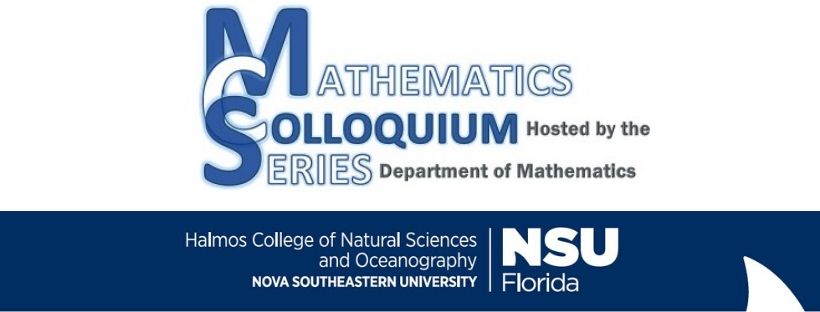Description
Mechanical conditioning has been shown to promote tissue formation in a wide variety of tissue engineering studies, but the underlying mechanisms by which external mechanical stimuli regulate cells and tissues are not fully understood. This is particularly relevant in the area of heart valve tissue engineering (HVTE) due to the intense hemodynamic environments that surround native valves. Some studies suggest that oscillatory shear stress (OSS) caused by steady flow and scaffold flexure play a critical role in engineered tissue formation derived from bone marrow derived stem cells (BMSCs). In addition, scaffold flexure may enhance the transport of nutrients such as glucose and oxygen. In this study, we computationally quantified the i) magnitude of fluid-induced shear stresses; ii) the extent of temporal fluid oscillations in the flow field using an oscillatory shear index (OSI) parameter, and iii) glucose and oxygen mass transport profiles. We incorporated moving boundary computational fluid dynamic (CFD) simulations of samples housed within a bioreactor to consider the effects of: 1) No flow, no flexure (control group), 2) Steady flow-alone, 3) Cyclic flexure-alone, and 4) Combined steady flow and cyclic flexure environments. In addition, we coupled a convective-diffusive mass transport equation to the CFD simulations. We found that the coexistence of both OSS and appreciable shear stress magnitudes explained the high levels of engineered collagen previously observed from combining cyclic flexure and steady flow states. On the other hand, each of these metrics on its own showed no association. This finding suggests that cyclic flexure and steady flow synergistically promote engineered heart valve tissue production via OSS, so long as the oscillations are accompanied by a critical magnitude of shear stress. Oxygen and glucose mass distributions were also enhanced by specimen movement when coupled to scaffolds of significantly low porosity.
Date of Event
February 23 noon-1PM
Location
Mailman-Hollywood Auditorium 2nd Floor
NSU News Release Link
https://nsunews.nova.edu/math-colloquium-series-to-discuss-mathematical-modeling-for-medical-tissue-engineering/
Heart Valve Tissue Engineering: Mathematical Modeling for Bioreactor Studies
Mailman-Hollywood Auditorium 2nd Floor
Mechanical conditioning has been shown to promote tissue formation in a wide variety of tissue engineering studies, but the underlying mechanisms by which external mechanical stimuli regulate cells and tissues are not fully understood. This is particularly relevant in the area of heart valve tissue engineering (HVTE) due to the intense hemodynamic environments that surround native valves. Some studies suggest that oscillatory shear stress (OSS) caused by steady flow and scaffold flexure play a critical role in engineered tissue formation derived from bone marrow derived stem cells (BMSCs). In addition, scaffold flexure may enhance the transport of nutrients such as glucose and oxygen. In this study, we computationally quantified the i) magnitude of fluid-induced shear stresses; ii) the extent of temporal fluid oscillations in the flow field using an oscillatory shear index (OSI) parameter, and iii) glucose and oxygen mass transport profiles. We incorporated moving boundary computational fluid dynamic (CFD) simulations of samples housed within a bioreactor to consider the effects of: 1) No flow, no flexure (control group), 2) Steady flow-alone, 3) Cyclic flexure-alone, and 4) Combined steady flow and cyclic flexure environments. In addition, we coupled a convective-diffusive mass transport equation to the CFD simulations. We found that the coexistence of both OSS and appreciable shear stress magnitudes explained the high levels of engineered collagen previously observed from combining cyclic flexure and steady flow states. On the other hand, each of these metrics on its own showed no association. This finding suggests that cyclic flexure and steady flow synergistically promote engineered heart valve tissue production via OSS, so long as the oscillations are accompanied by a critical magnitude of shear stress. Oxygen and glucose mass distributions were also enhanced by specimen movement when coupled to scaffolds of significantly low porosity.
https://nsuworks.nova.edu/mathematics_colloquium/ay_2016-2017/events/9




Presenter Bio
Dr. Salinas received his Bachelor of Science (2009), Master of Science (2011) and Ph.D. (2014) in Biomedical Engineering from Florida International University. He was a post-doctoral fellow at Harvard Medical School before joining the Department of Engineering and Technology at the NSU’s College of Engineering and Computing. He has published several papers in academic journals relating to heart valve tissue engineering studies. Salinas' research areas include vascular tissue engineering, artificial organs, and cardiovascular biomechanics. In addition, He enjoys collaborating in projects related to computational fluid dynamics, fluid structure interactions; algorithm optimization; Finite element/volume analysis; Computer aided design; Steady and transient data visualization among others.
Research Areas: vascular tissue engineering, artificial organs, and cardiovascular biomechanics.